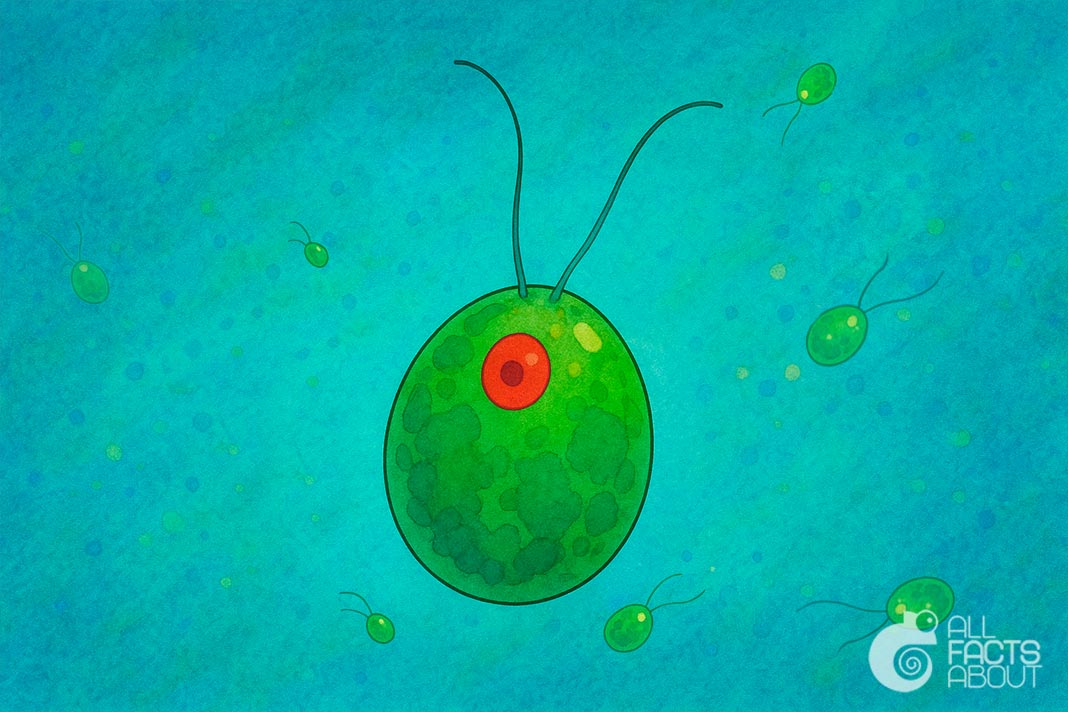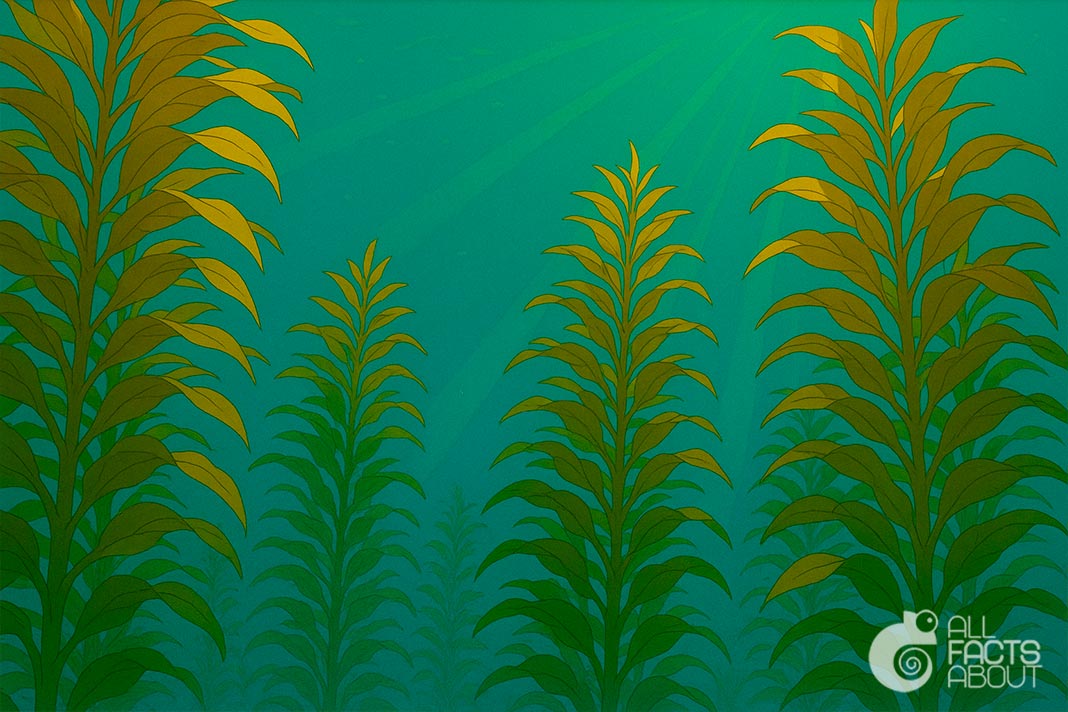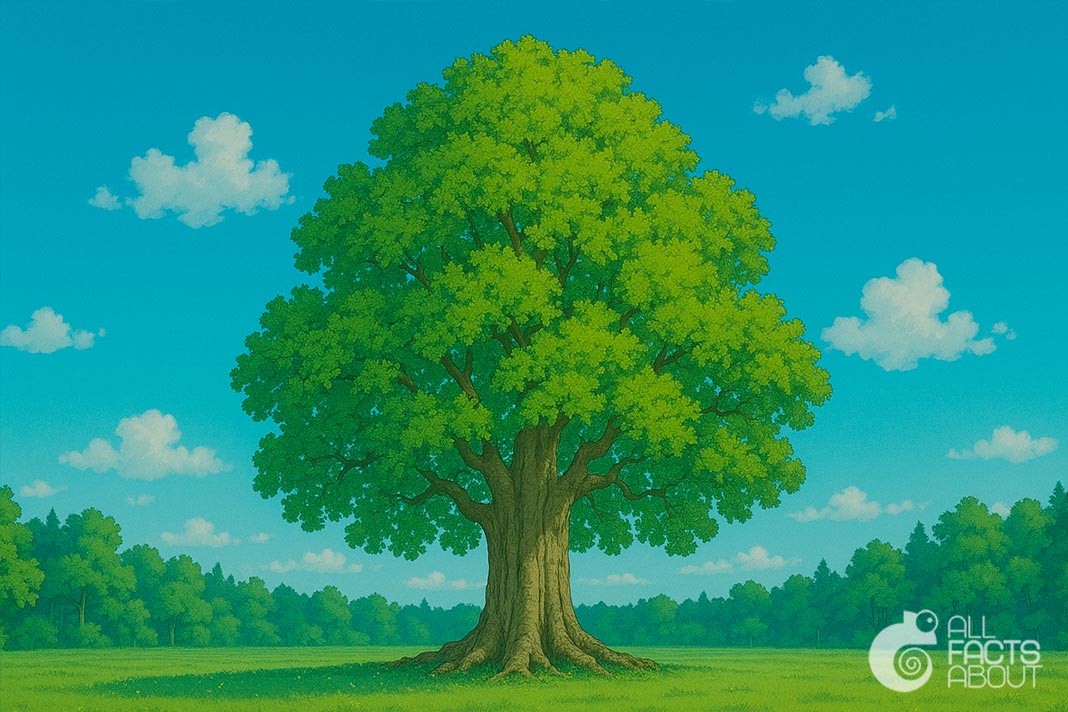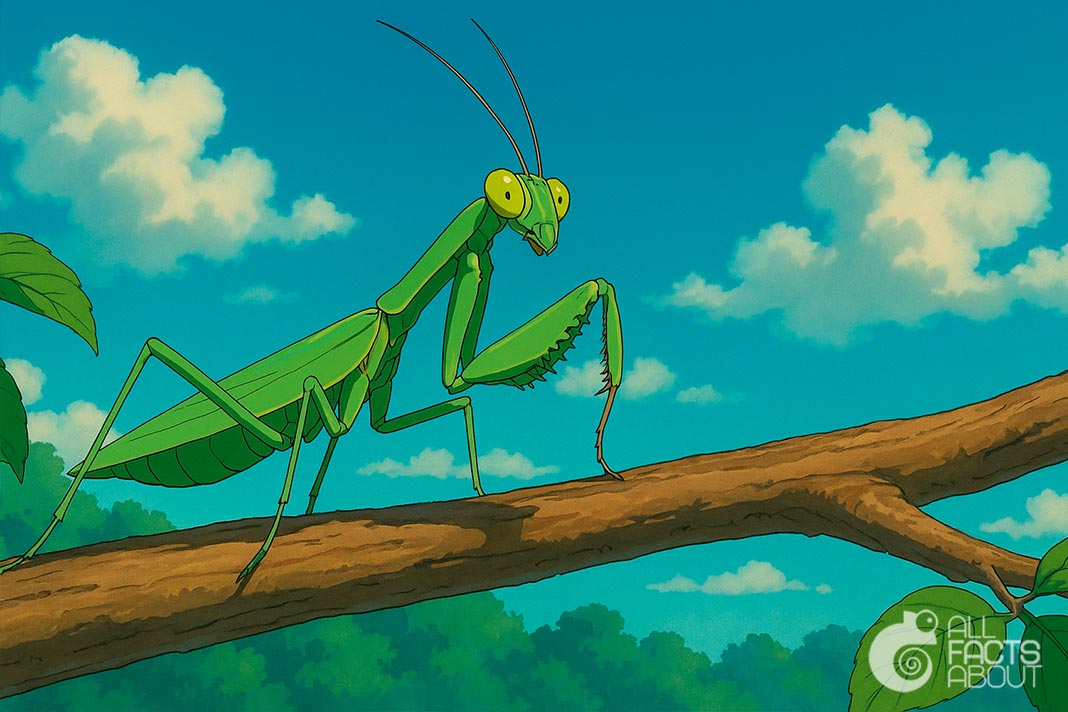Algae are some of the most diverse and vital organisms on Earth. Found in nearly every environment, from oceans to freshwater and even on land, these simple yet fascinating life forms play a crucial role in ecosystems worldwide.
1. Algae are not plants but a diverse group of photosynthetic organisms ranging from tiny single-celled forms to large seaweeds, like kelp, which can grow over 50 meters long.
2. They produce at least 50% of the world’s oxygen through photosynthesis, making algae essential for maintaining Earth's breathable atmosphere.
3. There are thousands of species of algae classified into several groups, including green, red, and brown algae, each adapted to different habitats and light conditions.
4. Some algae can survive extreme environments such as hot springs, salty lakes, and even frozen tundras, showcasing their incredible adaptability.
5. The largest and fastest-growing algae are giant kelp forests, which can grow up to 60 centimeters per day under optimal conditions.
6. Sea otters often wrap themselves in kelp leaves that are anchored to the bottom to prevent them from drifting away with ocean currents. In this way, they use the kelp as a natural seatbelt.

Chlamydomonas is a tiny alga that uses flagella to move around in the water.
8. Algae have a simple structure without true roots, stems, or leaves, but some large seaweeds have specialized holdfasts to anchor them to surfaces.
9. Algae can reproduce both sexually and asexually, using methods like fragmentation, spores, or gametes, depending on the species and environment.
10. Algae absorb significant amounts of CO2, helping to regulate the global climate, and also clean polluted water by removing heavy metals and excess nutrients (nitrogen and phosphorus).
11. Fossilized algae play a key role in forming oil and natural gas deposits, as their remains gradually transform underground into organic materials that become the source of these valuable fossil fuels.
12. Many algae form symbiotic relationships with fungi, creating lichens that can survive harsh environments like bare rocks and deserts.




